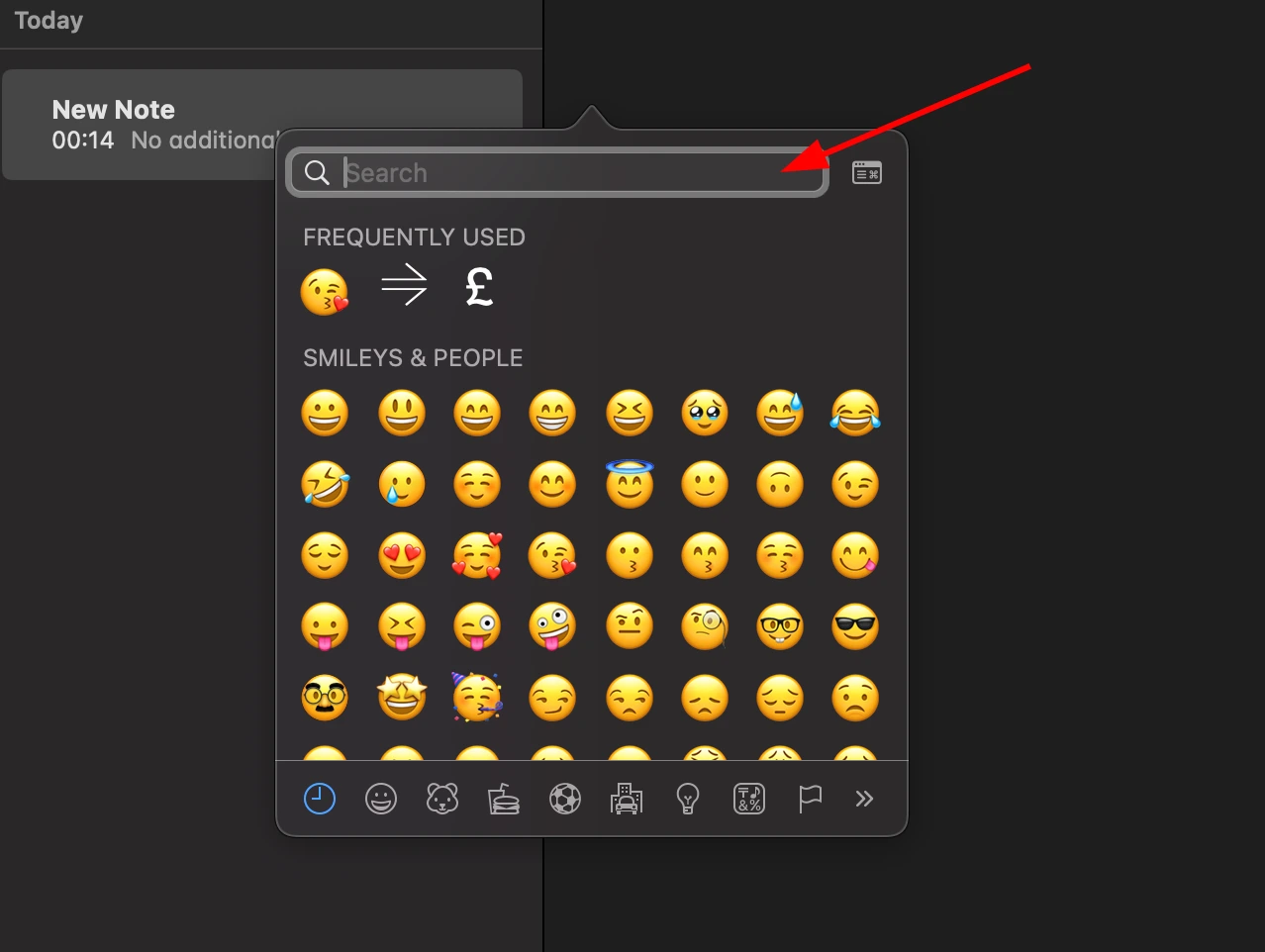Asymptotically Equal To Symbol ≃
In mathematics, "Asymptotically Equal To" denotes a relationship between functions or sequences where one approaches another as a certain variable tends towards a particular value or infinity. It signifies a similarity in behavior without strict equality.
Defining Asymptotically Equal To
Asymptotic equivalence indicates that two functions or sequences exhibit similar behavior as a certain parameter approaches a specific value or as it tends to infinity, even though they might not be equal at every point.
Characteristics
Key characteristics of asymptotic equality include:
- Limiting Behavior: The functions or sequences converge or behave similarly as a specific parameter approaches a certain value or tends to infinity.
- Not Strict Equality: While the functions or sequences approach each other, they may not be equal at every point.
- Asymptotic Analysis: Important in analyzing the behavior of functions or sequences in the limit or as the parameter grows without bound.
Representation and Usage
Asymptotic equivalence is denoted symbolically by various notations such as \( f(x) \sim g(x) \) or \( f(x) \simeq g(x) \), signifying that the functions \( f(x) \) and \( g(x) \) behave similarly as \( x \) approaches a certain value or infinity.
Applications in Mathematics
Asymptotic equality finds applications in:
- Analysis: Particularly in calculus, number theory, and mathematical analysis to describe limiting behavior.
- Complexity Theory: In computer science, especially in analyzing algorithms and their efficiency as inputs grow large.
- Physics and Engineering: To describe behaviors of functions or sequences in various scientific fields.
Asymptotically equal to signifies a relationship between functions or sequences where their behavior converges or approaches similarity as a certain parameter tends towards a specific value or infinity. Understanding this concept aids in analyzing limiting behaviors, algorithmic complexity, and various scientific analyses where functions or sequences tend to approach each other without strict equality.
Utilizing asymptotic equivalence allows mathematicians, scientists, and engineers to analyze and predict the behavior of functions or sequences in the limit, providing insights into their trends and behaviors as certain parameters change.
Copy to Clipboard
Asymptotically Equal To Symbol Information
| Symbol Name | Asymptotically Equal To |
| Unicode Version | 1.1 (June 1993) |
| Unicode | U+2243 |
| CSS Code | \2243 |
| HTML Entity | ≃ |
Asymptotically Equal To Symbol Encoding
| UTF-8 | 0xE2 0x89 0x83 |
| UTF-16 | 0x2243 |
| UTF-32 | 0x00002243 |
Table of contents
- Asymptotically Equal To PNG and SVG files
- How to type asymptotically equal to in latex
- How to type asymptotically equal to on Microsoft Word
- How to type asymptotically equal to on Microsoft Windows
- How to type asymptotically equal to on Mac OS
- How to type asymptotically equal to on Linux
- How to type asymptotically equal to on IOS and Android
- How to use asymptotically equal to in CSS
- How to use asymptotically equal to in HTML
- Asymptotically Equal To representation in programming languages
Asymptotically Equal To symbol's PNG and SVG files
How to type asymptotically equal to symbol in latex
\documentclass{article}
\begin{document}
\simeq
\end{document}
How to add asymptotically equal to symbol via keyboard on different Operating systems
You can type the asymptotically equal to on most modern devices with the help of following methods:
How to type asymptotically equal to symbol on Microsoft Word
You can type the asymptotically equal to on microsoft Microsoft Word using steps mentioned below:
- Place your cursor in the text area where you need to insert the symbol and type 2 2 4 3
- Without moving the cursor press keys Alt + x together
- The original 2 2 4 3 is now transformed into ≃
How to type asymptotically equal to symbol on Microsoft Windows
You can type the asymptotically equal to on Microsoft windows using following steps:
- Hold Alt and press to type asymptotically equal to on your windows machine.
How to type asymptotically equal to symbol on Mac OS
You can type the asymptotically equal to on Mac OS using following steps:
- Place your cursor in the text area where you need to insert the symbol
- Press Ctrl + ⌘ Command + ⎵ Space to bring up the Character Viewer. Alternatively, choose Edit ⇒ Emoji & Symbols
- Type “Asymptotically Equal To” in the search field at the top and press Enter
- The symbol should appear. Click on it to insert it into your text


How to type asymptotically equal to symbol on Linux
You can type the asymptotically equal to on Linux using following steps:
- Place your cursor in the text area where you need to insert the symbol
- Hold ⇧ Shift + Ctrl and press the letter + U
- Press keys 2 2 4 3 consecutively
- And then press ↵ Enter , the desired symbol will be added to your document
How to type asymptotically equal to symbol on IOS and Android
The easiest way to type the asymptotically equal to on ios and android is to copy and paste it wherever you need it.
How to use asymptotically equal to in CSS
span {
content: "\2243";
}
How to type asymptotically equal to in HTML
<span>≃</span>
Asymptotically Equal To symbol representation in programming languages
asymptotically equal to's representation in different programming languages can be found in table below:
| Language | Representation |
| Rust | \u{2243} |
| Ruby | \u{2243} |
| Python | \u2243 |
| PHP | \u{2243} |
| Perl | "\x{2243}" |
| Java | \u2243 |
| Modern JavaScript - Since ES6 | \u{2243} |
| JavaScript | \u2243 |
| Go | \u2243 |
| C# | \u2243 |
| C and C++ | \u2243 |
| Bash and Zsh - inside echo -e | \u2243 |
| RFC 5137 | \u'2243' |
